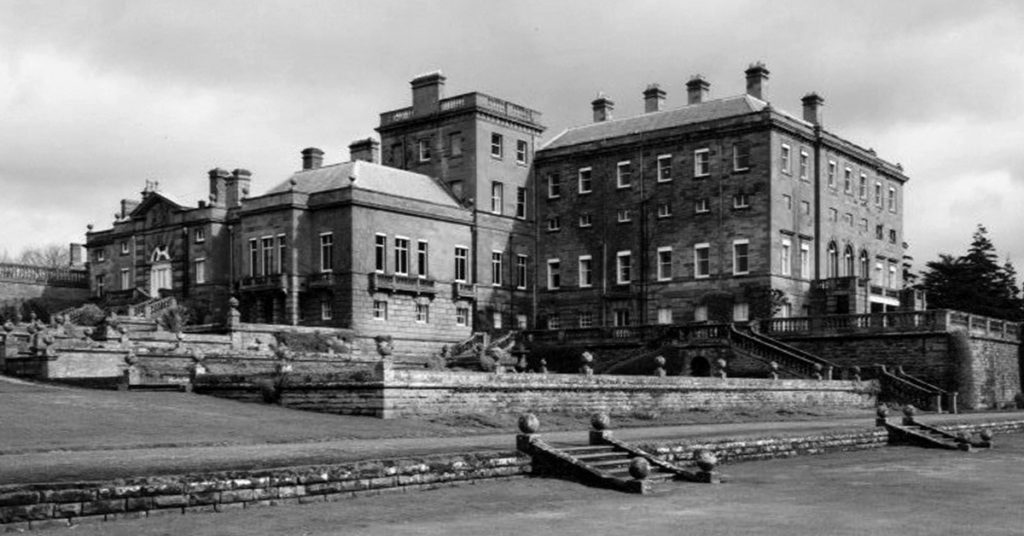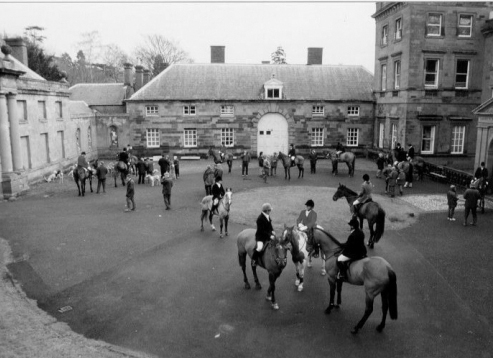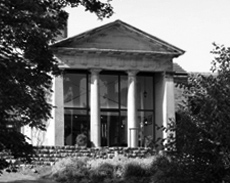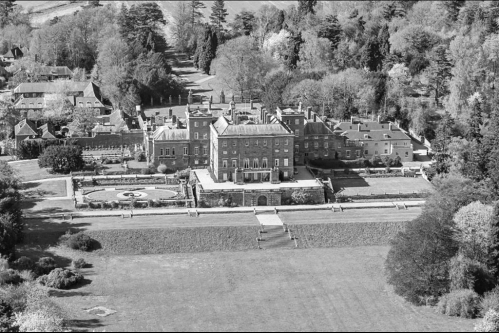Patshull Hall
“the most delicious and accomplished” was the way Dr. Plot (surveyor to the king) once described the park. Patshull or “Pattes-hall” in the local dialect, was the one time seat of the Astley family.
The History of Patshull Hall

Patshull Hall is a substantial Georgian stately home situated in South Staffordshire England; it is one of the largest listed buildings in the county.
The Hall was built by Francis Smith of Warwick from designs by baroque architect James Gibbs for his client Sir John Astley in about 1730.

Astley (a royalist) commissioned the house as a symbol of his families’ return to power after the reinstatement of the monarchy. The Astley’s were well known for gambling and cock-fighting and it is said that Patshull was lost and won back again in an evening of sport. Indeed the gateway pillars adjoining St Marys church to the south once featured stone-cockerels above gilded-coronets.
Piano-nobile or split-level in section the main façade is of three storeys with seven bays, three of which are pedimented, and tower wings which are later Victorian additions attributed to the architect McVicar-Anderson. By contrast the southern elevation, of monolithic proportions, has four storeys.

The house was originally set in a deer-park of some 340 acres (1.4 km2) which was later reworked by the famous landscape architect Capability Brown incorporating a large serpentine lake.
The estate was sold by Astley and subsequently acquired in 1765 by Sir George Pigot on his return from India. Sir George Pigot was lord mayor of Bridgnorth and in turn Governor of Madras. Having made his fortune as a Nabob in the colonies he was the owner of the famous Pigot diamond; its is said he purchased the Patshull Hall Estate for a sum for 100 thousand guineas in 1765 and immediately engaged Lancelot (capability) Brown to landscape the park for him.
Sir Robert Pigot (George’s heir) sold the property in 1848 to William Legge the 5th earl of Dartmouth, whose son and heir Viscount Lewisham took residence. Substantial extensions and improvements were carried out for him by architects William Burn and McVicar-Anderson in the 1880s.

In 1958 the 7th earl of Dartmouth passed away and most of the Patshull estate was taken in lieu of death duties to the crown; however the hall gardens and 230 acres of land were retained by the family until the death of lord Dartmouth’s widow in 1963.

From 1966 onwards the Hall was used as an orthopedic hospital whilst the greater part of the park for the creation of a golf course,( A classical temple conceived by Capability Brown was converted to become the Clubhouse).
During the 1990s the house fell into disrepair and was briefly used as a school; sadly the house had suffered extensive decay and had deteriorated so badly that it appeared on the English Heritage list of Buildings at Risk.
Patshull Hall was bought in 1997 by The Neil Avery Group as a restoration project and substantial repairs were made to the outside of the building to make it watertight and to save valuable features of the building which had weathered badly. Conservation Architects Arrol and Snell advised and were engaged to produce a scheme for the rehabilitation of the Hall by means of conversion into residential apartments and in 1999 planning and listed building consent were obtained and the house was subsequently removed from the Buildings at Risk register.
The house was originally set in a deer-park of some 340 acres (1.4 km2) which was later reworked by the famous landscape architect Capability Brown incorporating a large serpentine lake.

Various parts of the house and outbuildings have been subsequently restored and converted into residential accommodation some of which includes a newly constructed wing to the east.
The greater part of Gibb’s Hall has been until recently owned by Mr. Tim Reynolds a member of the Georgian society who has decorated and furnished the house with painstaking authenticity to its Georgian origins using the house as his home and venue for weddings, cultural events, and conferences.


